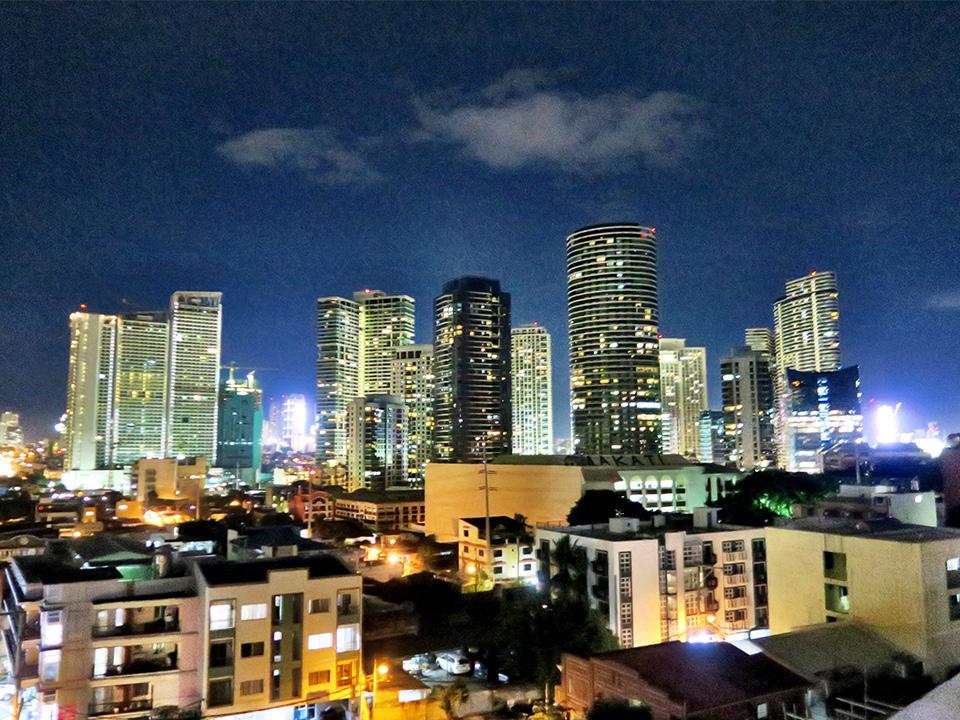ADB retains 2024, 2025 PH economic growth forecast

The Asian Development Bank (ADB) has maintained its economic growth forecast for the Philippines this year and 2025 as it expects monetary easing and decelerating inflation to drive growth.
In the September edition of its flagship publication, Asian Development Outlook (ADO), the ADB said the growth forecast for the country’s gross domestic product (GDP) was unchanged from the July edition, at 6% for 2024 and 6.2% for 2025.
“Moderating inflation, monetary easing, and sustained public spending, particularly on major infrastructure projects, will support Philippine economic growth this year and the next,“ the Manila-based multilateral lending said.
The ADB’s figures fall within the lower end of the Marcos administration’s GDP target range of 6% to 7% for the year and 6.5% to 7.5% for next year.
“The expansion in gross domestic product will be driven by broad-based domestic demand, supported by lower inflation and interest rates,” the lender said.
The Philippines posted a growth rate of 6.3% in the second quarter of 2024—the fastest in five quarters—on the back of strong consumption activities.
The ADB also lowered its inflation forecast to 3.6% in 2024 from its April estimate of 3.8%, reflecting the sustained deceleration in food prices partly due to lower tariffs on rice imports.
Inflation is expected to ease further to 3.2% in 2025 compared to the previous estimate of 3.4%, according to the lender.
“Most of the ingredients for the Philippines’ sustained economic growth are in place—rising government revenues are boosting public expenditures on infrastructure and social services, increasing employment is driving consumption, and reforms to open the economy to more investments are underway. With inflation slowing, the country is in a strong position to lead growth in Southeast Asia,” said ADB Philippines country director Pavit Ramachandran.
The bank said risks remain due to potential severe weather events, which could drive inflation higher.
“External factors such as a sharper slowdown in major advanced economies and the People’s Republic of China, financial volatility due to US monetary policy decisions, geopolitical tensions, and rising global commodity prices also pose threats to growth,” the ADB said.
The bank cited the government’s public infrastructure spending, which is seen to range between 5% and 6% of GDP annually from 2024 to 2028, after hitting 5.8% of GDP in 2023.
The government’s “Build Better More” infrastructure program includes 66 ongoing projects and another 31 approved for implementation as of August 2024.
“The infrastructure program aims to enhance physical connectivity through railways, bridges, and airports, or strengthen water management through irrigation, water supply, and flood control,” the ADB said.
“Climate change mitigation and adaptation, digital connectivity, energy, and agriculture projects are also prioritized under this program,” it added.
The ADB said it is financing key infrastructure projects, such as the Malolos Clark Railway Project and the South Commuter Railway Project, which will link Metro Manila to northern and southern provinces in Luzon.
The bank is also supporting the Bataan-Cavite Interlink Bridge Project and the Integrated Flood Resilience and Adaptation Project, which aim to enhance flood and climate change resilience in three major river basins in the country. —VBL, GMA Integrated News




